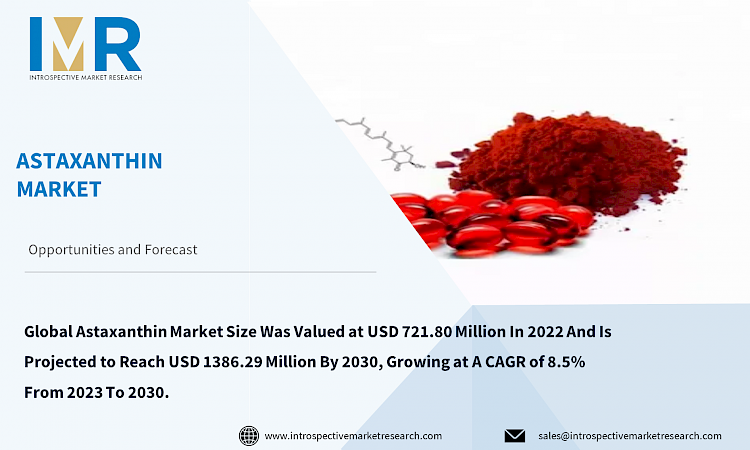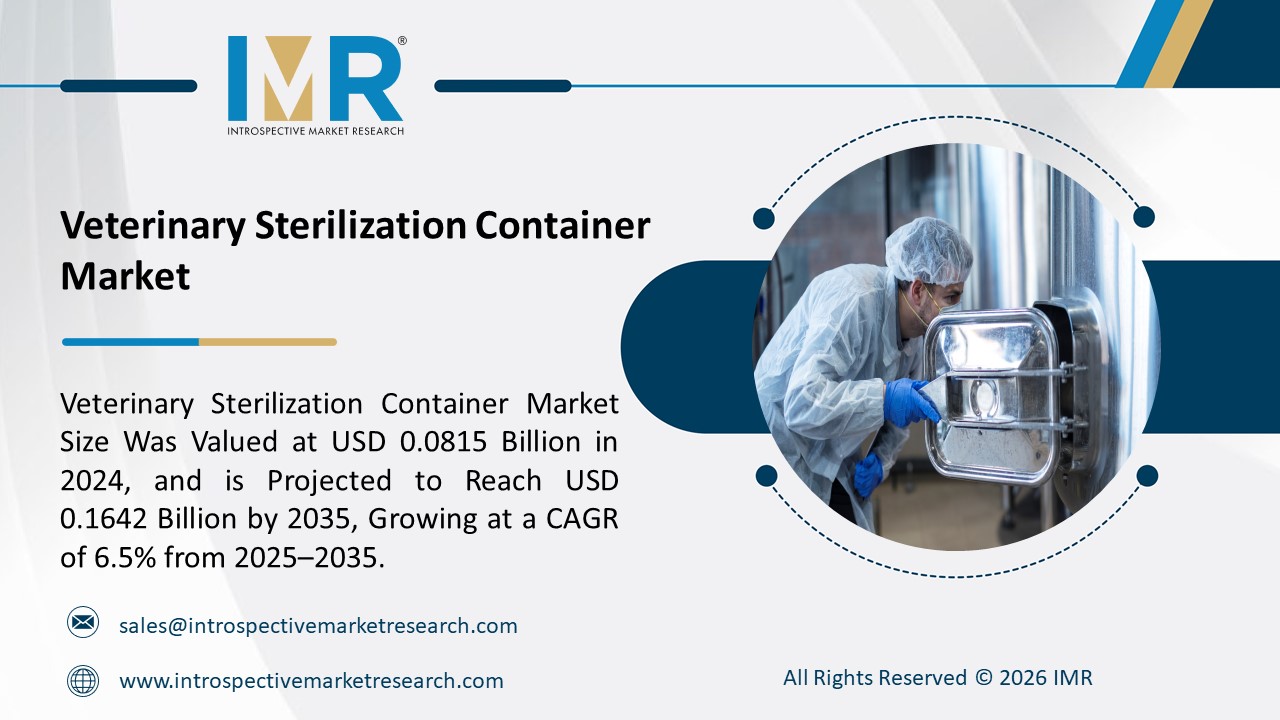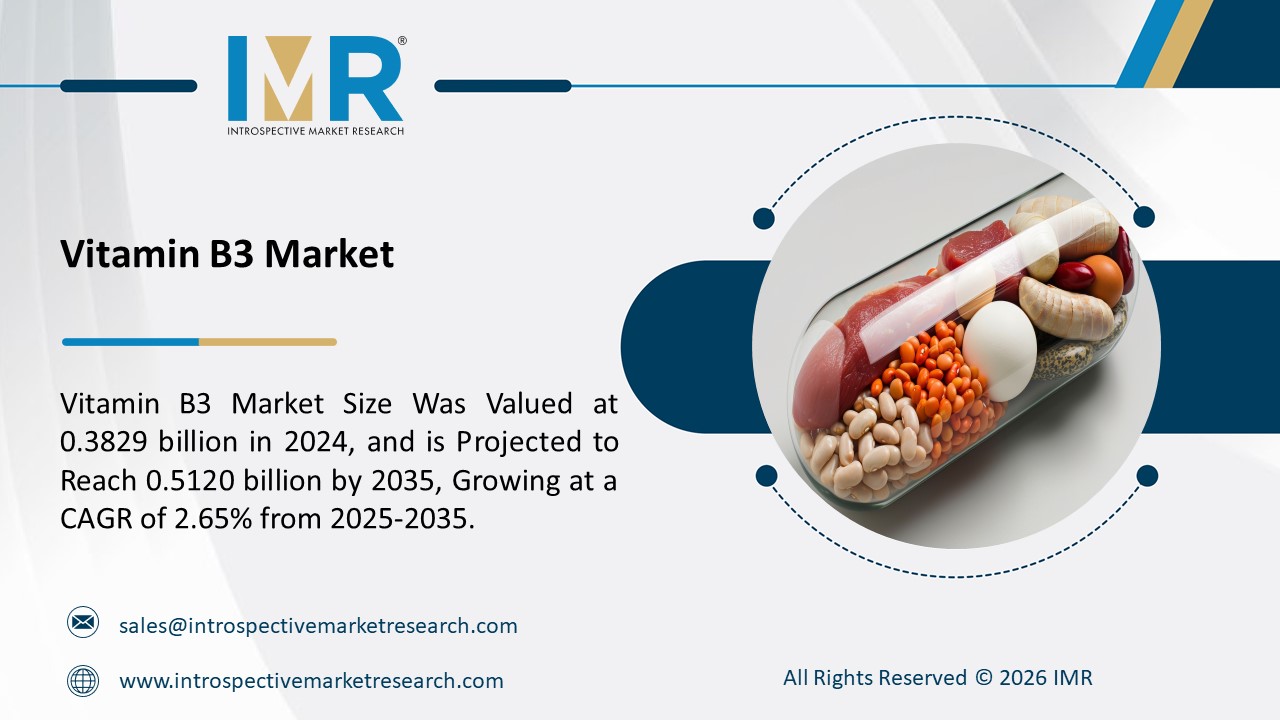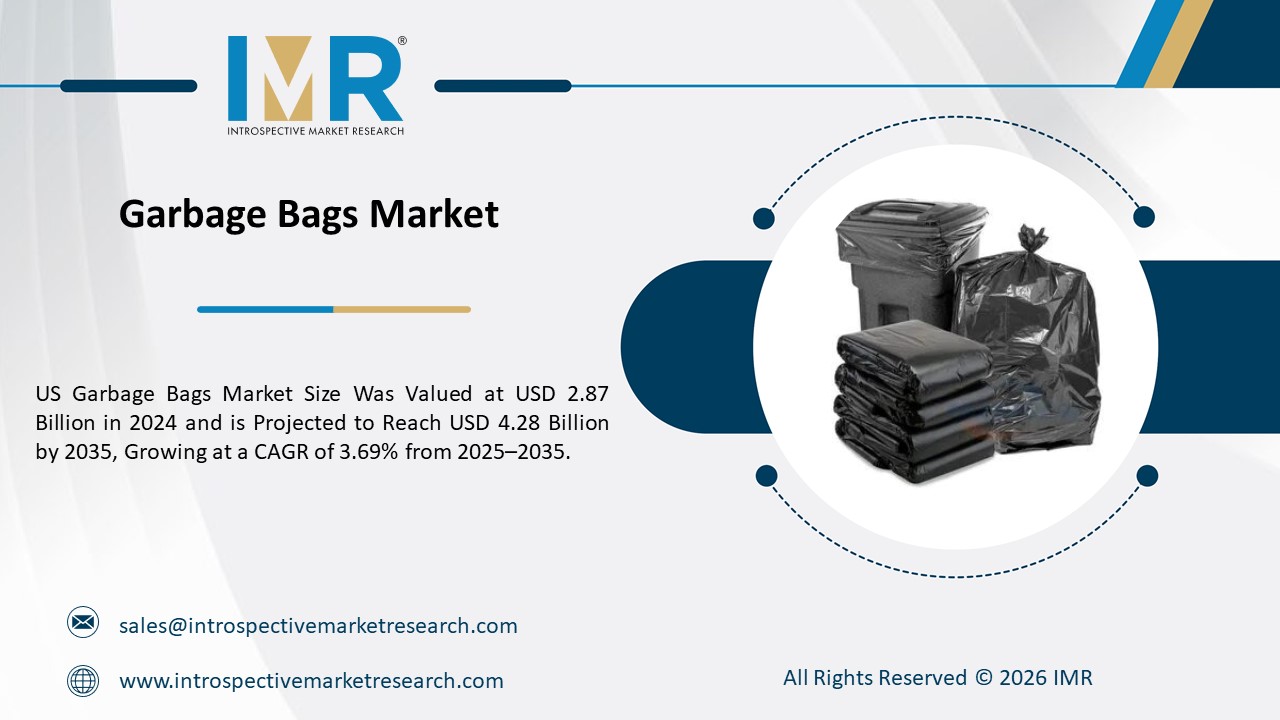Astaxanthin Market Overview:
Global Astaxanthin Market Size Was Valued at USD 721.80 Million In 2022 And Is Projected to Reach USD 1386.29 Million By 2030, Growing at A CAGR of 8.5% From 2023 To 2030.
The term astaxanthin refers to a reddish-brown pigment that is a member of the class of carotenoids known as xanthophylls. It often occurs naturally in some algae and gives trout, salmon, prawns, lobsters, and other seafood their red or pink color. Recently, synthetic and yeast/fungi-based astaxanthin have also attained a notable reputation. Additionally, the stability of astaxanthin was assessed in various carriers and storage settings. Haematococcus was used to produce astaxanthin, and it was controlled for stability in various food oils. With 84%?90% astaxanthin content retention at 70?90 ?C in rice bran, gingelly, and palm oils, astaxanthin was immovable or secure and can be used in food and drink, aquaculture and animal feed, pharmaceutical, and nutraceutical applications.
Top Key Players Covered In The Astaxanthin Market:
- BASF SE (Germany)
- BGG (China)
- Cyanotech Corporation (U.S.)
- DSM (Netherlands)
- Fenchem (China)
- Lycored (Israel)
- Piveg (U.S.)
- Algae to Omega (U.S.)
- Wellgreen Technology (Taiwan)
- Cardax (U.S.)
- INNOBIO (China)
- ALGA Technologies (Israel)
- Algix (U.S.)
- EID-Parry Ltd (India)
- IGENE Biotechnology (Taiwan)
- MicroA AS (Norway)
- JX Nippon Oil (Japan)
- Energy Corporation (U.S.)
- Astareal Inc. (U.S.)
- Kunming biogenic (China)
- Divis Laboratories Ltd. (India)
- Otsuka Pharmaceutical (Japan), and Other Major Players.
Market Dynamics and Factors:
Astaxanthin is rapidly being employed as a food coloring ingredient and an antioxidant in the food and beverage sector to preserve the taste, color, freshness, and quality of food products. Historically, astaxanthin has been used primarily to protect food's nutrients from deterioration, enhance sensory characteristics, and increase the allure of food products. Astaxanthin is now recognized as a crucial basic ingredient for creating dietary nutrition in the region of Europe For the animals' abundant nutritional benefits, the aquaculture and animal feed industries rely heavily on feed additives.
Increasing demand for natural antioxidants is expected to drive the Astaxanthin Market. Due to their superior quality and effectiveness, natural carotenoids are in greater demand than synthetic ones, particularly in the dietary supplements sector. The existing method for producing carotenoids naturally is constrained and vulnerable to contamination. Because these procedures are expensive, natural carotenoids like beta-carotene and lycopene cost roughly three times as much as synthetic carotenoids.
Astaxanthin Market Report Highlight:
- By type, the synthetic segment is anticipated to lead the growth of the Astaxanthin market in the forecasted timeframe. Due to mostly usage of synthetic astaxanthin in aquaculture, poultry, and pet food applications.
- By form, the liquid segment is expected to have the highest share of the Astaxanthin market over the projected period. Astaxanthin in liquid form is applied for the production of soft gels, oil extracts, and bead lets. Additionally, liquid astaxanthin has several usages, such as syrups and texturing ingredients used in food and beverage.
- By Application, the supplements segment is set to develop at the highest CAGR during the forecasted timeframe. Astaxanthin is an antioxidant. This effect protects cells from damage. Astaxanthin might also improve the way the immune system functions. People use astaxanthin for many purposes
- The Asia Pacific region is expected to have the highest share of the Astaxanthin market over the projected period. Due to the existence of non-profit organizations? awareness campaigns as well as the presence of major market participants such as Cyanotech Corporation, Algae to Omega, Piveg, and others.
Key Industry Development:
In April 2020, To meet the rising product demand in the Asia Pacific area, BGG announced that they would quadruple capacity at its astaxanthin farm in China.
In December 2020, To develop a digital solution for the animal agricultural value chain by integrating sustainability analytics, BASF, and Adifo Software inked a collaboration agreement. This partnership substantially aids BASF's development in feed formulation.
In January 2018, Astalif 5% and 10% Oleoresin, a natural astaxanthin product made in bulk by the American company Algalif, has been certified as non-GMO. The business is concentrating on providing high-quality astaxanthin to customers who wished to stay away from GMOs in their products.
Astaxanthin Market Segmentation:
By Type
- Synthetic
- Natural
By Form
- Powder
- Liquid
By Application
- Feed
- Supplements
- Food
- Other
For this report, Introspective Market Research has segmented the Astaxanthin Market based on region:
Regional Outlook (Revenue in USD Million; Volume in Units, 2023-2030)
North America
- The U.S.
- Canada
- Mexico
Eastern Europe
- Russia
- Bulgaria
- The Czech Republic
- Hungary
- Poland
- Romania
- Rest of Eastern Europe
Western Europe
- Germany
- UK
- France
- Netherlands
- Italy
- Spain
- Rest of Western Europe
Asia Pacific
- China
- India
- Japan
- Singapore
- Australia
- New-Zealand
- Rest of APAC
Middle East & Africa
- Turkey
- Saudi Arabia
- Qatar
- UAE
- Israel
- South Africa
South America
- Brazil
- Argentina
- Rest of SA






